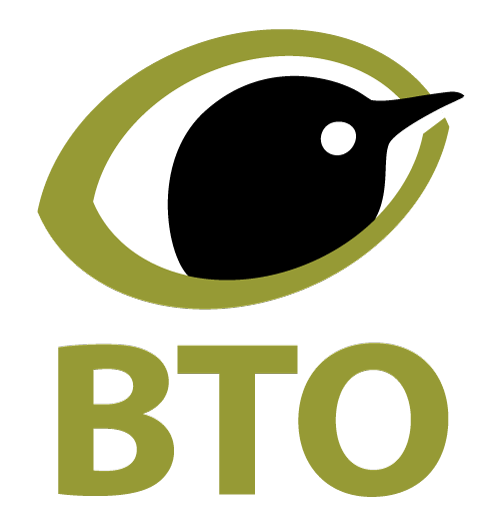
United Kingdom, Republic of Ireland, Isle of Man
Bird ringing in Britain & Ireland is organised and run by the British Trust for Ornithology (BTO). Bird ringing began in Britain in 1909, originally as two separate schemes, one organised by Arthur Landsborough Thomson at Aberdeen University and the other by Harry Forbes Witherby, the then editor of the journal British Birds. The Aberdeen Scheme ended during WW1 and the British Birds scheme was transferred to the BTO following their founding in the 1930s. The number of birds ringed in 1909 was just 2,171. This had risen to approximately 45,000 birds per year by the time the BTO took over the Ringing Scheme. Today, approximately one million birds per year are ringed on BTO rings by the 3,000 ringers that are part of the Scheme. In total, BTO ringers have submitted almost five million recaptures of ringed birds (since 2005) and we have received c. 675,000 sightings of colour-marked birds and c. 77,000 records from tracking studies.
The original aims of the BTO’s Ringing Scheme were related to movements; identifying where the summer visitors to Britain & Ireland wintered and where our wintering birds bred. Now, the focus is more on understanding how populations change in order to inform effective conservation policies. The demographic monitoring schemes (Ringing and Nest Record Schemes, the Constant Effort Sites (CES) and Retrapping Adults for Survival (RAS) Schemes) have a critical part to play in this by providing information on survival, productivity and dispersal with which to interpret data on abundance collected by schemes such as the Breeding Birds Survey and the Wetland Bird Survey. There are currently c. 120 CES and 200 RAS projects operating across Britain and Ireland, with approximately 80 projects taking part in a new trial of CES in garden habitats.
The computerisation and submission of ringing data electronically, which began back in the mid-1990s, has hugely improved the collection and analysis of ringing data and approximately 80 scientific papers are produced each year using data collected through the BTO Bird Ringing Scheme. In 2019, BTO reviewed the long-term patterns in the use of tracking devices on individual birds, and how the effects of the use of such devices are reported, using data from more than 3,400 peer-reviewed publications. The database underpinning this paper was made available to all Ringing Schemes to assist marking scheme administrators and others in accessing relevant literature on the effects of novel technology marks on birds.
The BTO contributed 6,792,303 records to the Eurasian African Bird Migration Atlas, just under a third of the total records supplied from the EURING Databank (EDB) which is hosted by the BTO. Britain and Ireland host globally important breeding populations of seabirds; over 8 million birds of 25 species at the time of the last national census. As a result, 73% of the EDB records for seabirds came from the BTO Bird Ringing Scheme. BTO also contributed 48% of the Cormorant records and 37% of the passerine and wader records.
BTO staff also undertake novel research using ringing. Since 2011, over 80 Cuckoos have been satellite tagged to identify their migration routes and find out why they are declining. During the first four years of the project, researchers discovered that Cuckoos migrating via Spain were much more likely to die before they reached sub-Saharan Africa than those migrating via Italy and those birds using the Spanish route came from those parts of the UK where the species is declining. The project is now aiming to identify what is driving the differences in survival and to determine whether it persists in the long term.
We thank all the many ringers, past and present, who have collected the data that have contributed to this project. We also thank all the landowners and land managers who have allowed ringers to operate on their land and all the members of the public who have found, and taken the time to report, ringed birds. The BTO Ringing Scheme is funded by a partnership of the British Trust for Ornithology, the Joint Nature Conservation Committee (on behalf of: Natural England, Natural Resources Wales, NatureScot and the Department of Agriculture, Environment & Rural Affairs (Northern Ireland)), The National Parks and Wildlife Service (Ireland) and the ringers themselves.
Contact the scheme: ringing@bto.org